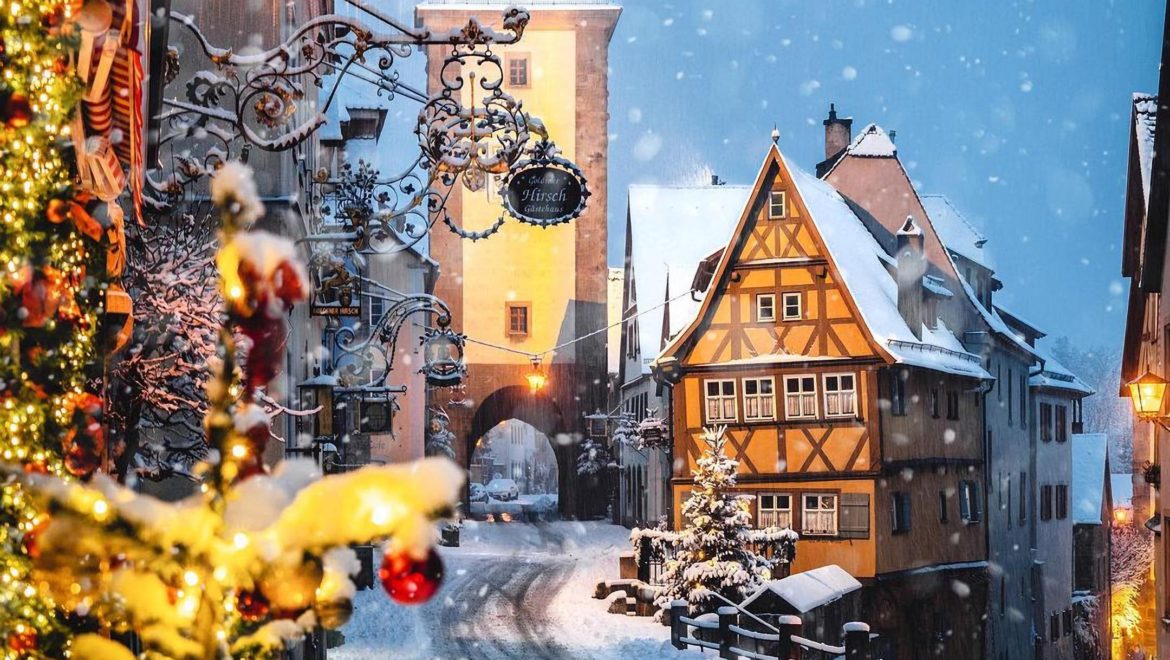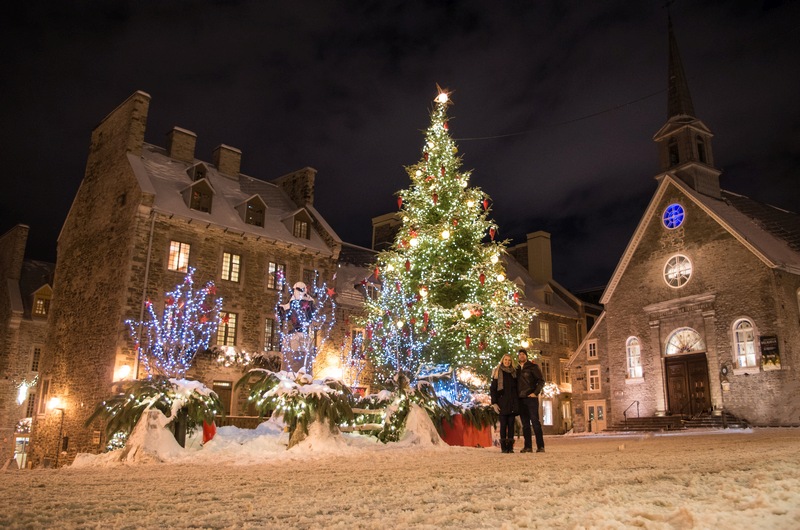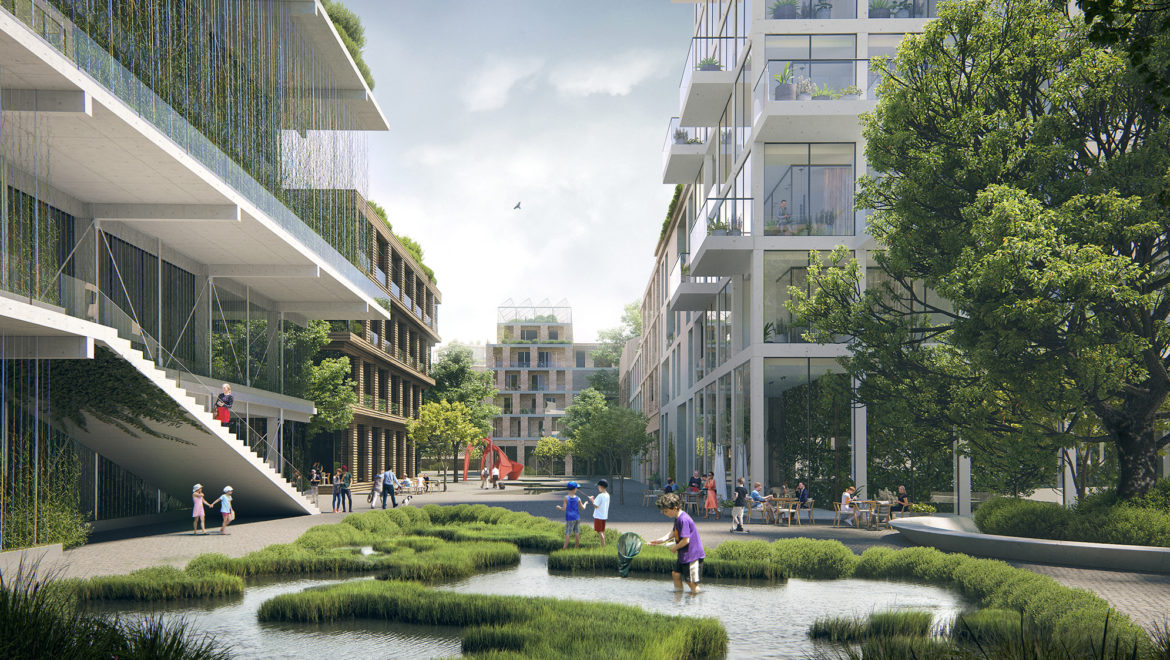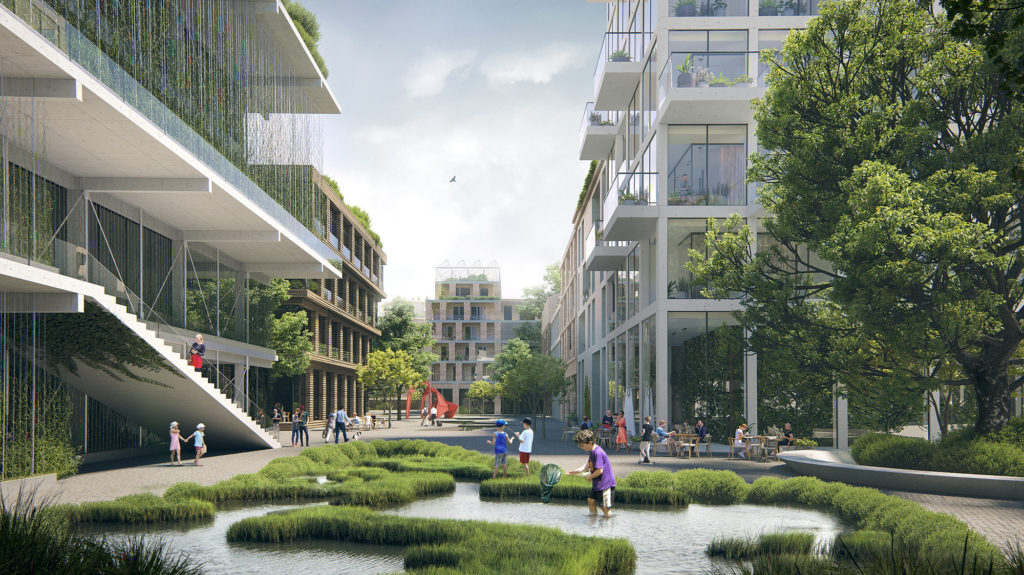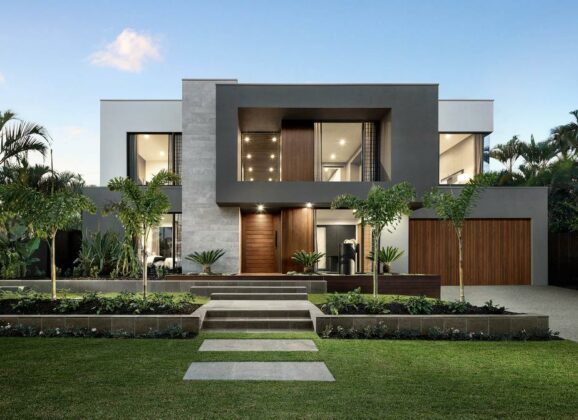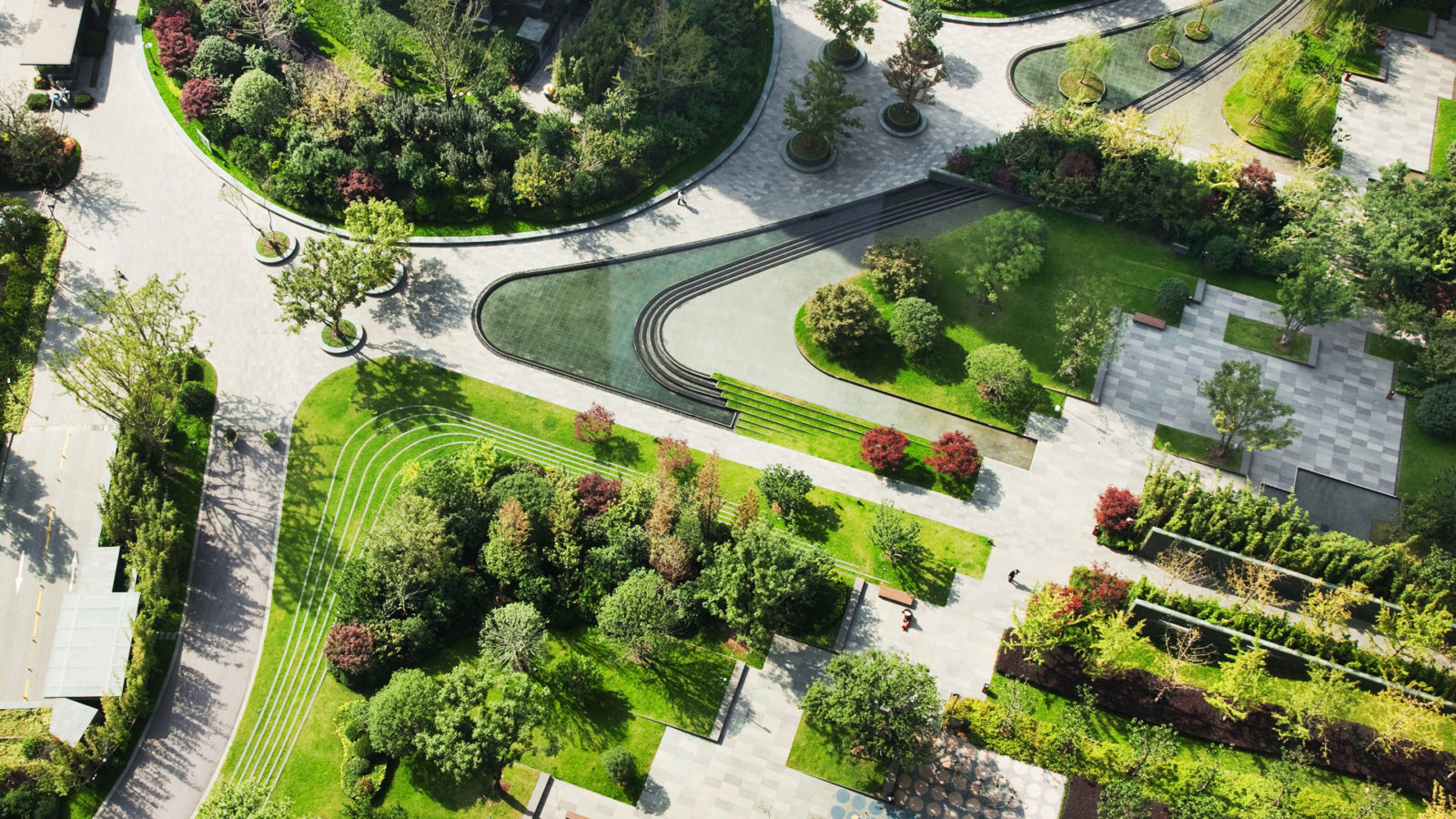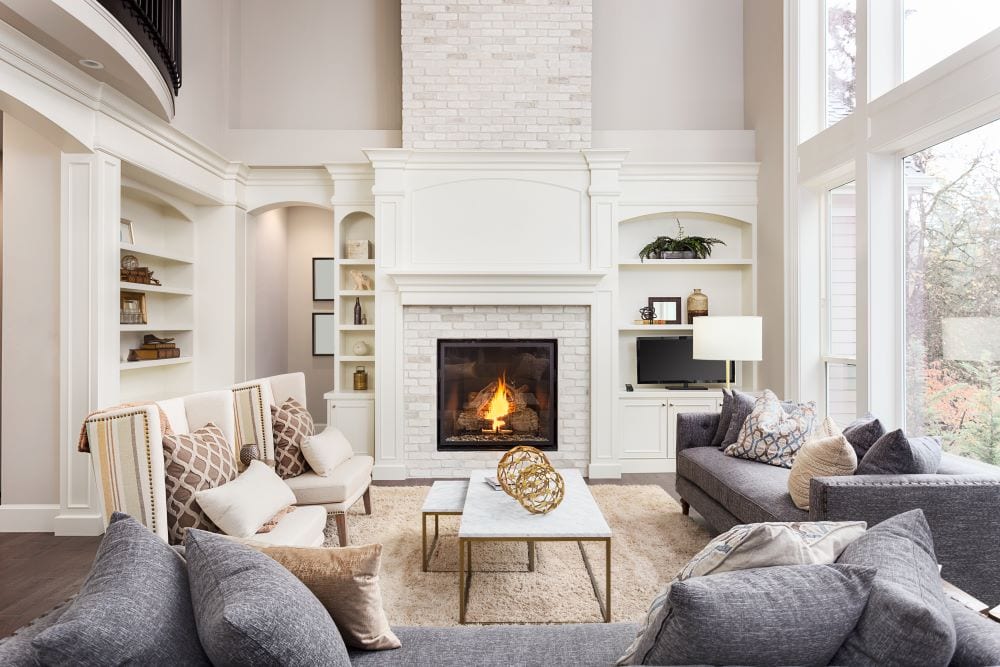The Art of Landscape Architecture: Creating Harmonious Outdoor Spaces
Landscape architecture is a creative discipline that merges the principles of art, science, and design to transform outdoor spaces into harmonious environments that not only please the eye but also enrich our lives. This intricate practice is akin to painting with nature as the canvas, where landscape architects craft living, breathing works of art that inspire awe and wonder. In this blog, we will delve into the fascinating world of landscape architecture and explore how it shapes our outdoor spaces into beautiful and harmonious settings.
The Artistry of Landscape Architecture
Landscape architecture is more than just arranging plants and paving stones; it is an art form that draws inspiration from the natural world. Just as a painter selects colors and textures to convey a message or emotion, landscape architects choose elements like trees, shrubs, flowers, and hardscapes to tell a story through the environment they create. Each plant, stone, or water feature is meticulously placed to evoke specific feelings, whether it’s tranquility, excitement, or nostalgia.
Harmony with Nature
One of the fundamental tenets of landscape architecture is the harmonious integration of human-made elements with the natural environment. This means that the design should complement, rather than overpower, the existing landscape. Skilled landscape architects pay close attention to the topography, climate, and native flora and fauna of a site. They work in harmony with these elements to create outdoor spaces that feel as though they’ve always been a part of the natural world.
Balancing Form and Function
A well-designed outdoor space must not only be visually appealing but also functional. Landscape architects must strike a delicate balance between aesthetics and practicality. They consider the needs and desires of the people who will use the space, ensuring that it serves its intended purpose while still remaining aesthetically pleasing. Whether it’s a serene garden, a bustling urban park, or a private backyard retreat, landscape architects carefully plan every aspect to maximize both beauty and utility.
Environmental Sustainability
In today’s world, sustainability is a paramount concern. Landscape architects are at the forefront of promoting environmentally friendly practices in outdoor design. They prioritize the use of native plants, which require less water and maintenance, and incorporate sustainable materials into their designs. Rainwater harvesting, green roofs, and natural drainage systems are just a few examples of sustainable techniques used to create eco-friendly outdoor spaces that contribute to a healthier planet.
Creating a Sense of Place
Great landscape architects have the ability to create a strong sense of place within their designs. They capture the unique character and history of a location, infusing it into the landscape. By doing so, they not only provide a beautiful environment but also help people connect with their surroundings on a deeper level. This sense of place fosters a feeling of belonging and can enhance the overall quality of life for those who experience it.
Conclusion
The art of landscape architecture is a dynamic and multidisciplinary field that enriches our lives by transforming outdoor spaces into harmonious and inviting environments. By integrating elements of art, science, and design, architects craft spaces that not only captivate the eye but also inspire a profound connection with nature. Through careful consideration of form and function, sustainable practices, and a deep understanding of a site’s unique qualities, these professionals leave a lasting legacy of beauty and functionality for generations to come. In the end, this architecture is not just about designing landscapes; it’s about creating places where people can thrive in harmony with nature.



